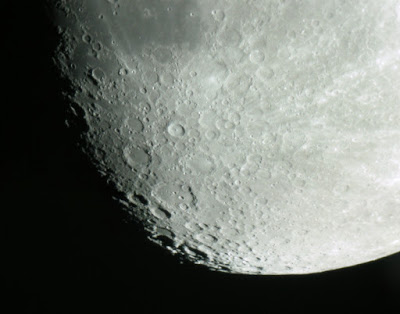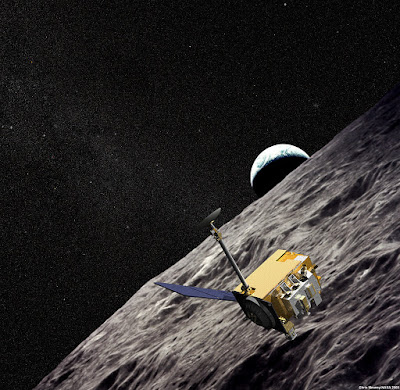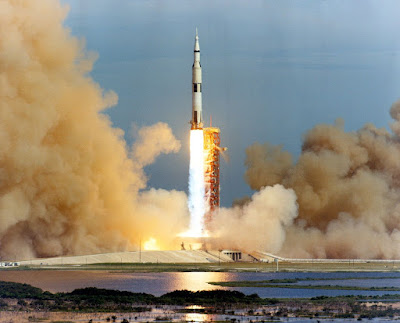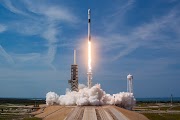Space Exploration
Lunar Seismological Activity : A Detailed Analysis
 Moon seems to be a very peaceful place with no
disturbance, just floating in the heaven with a sublime beauty. As a common
people, we don’t think much about it except thinking that: How the dark patches
on its surface were created?
Moon seems to be a very peaceful place with no
disturbance, just floating in the heaven with a sublime beauty. As a common
people, we don’t think much about it except thinking that: How the dark patches
on its surface were created?
But trust me,
when I tell you that moon is really a hyperactive place; a complete opposite of
what we think about it. From the starting of its life, it has been a disturbed
place. Starting from the bombardment of the meteors in the early stages of its
life to the tectonic movement of its crust in the present time. Yeah!!! You
heard me right…..Moon is still tectonicaly active!!!
 |
| Lunar Surface Closeup |
The quakes happens on because of the stress caused by the gravitational forces of Earth and sun simultaneously. This causes the tectonic plate to expand and release continuously and thus disturbing the plates on its surface. The researchers also found that six of the eight quakes happened when the Moon was at or near its apogee, the point in the Moon’s orbit when it is farthest from Earth. This is where additional tidal stress from Earth’s gravity causes a peak in the total stress on the Moon’s crust. “We think it’s very likely that these eight quakes were produced by faults slipping as stress built up when the lunar crust was compressed by global contraction and tidal forces” said Dr. Thomas Watters from Smithsonian Institution. These faults resemble small stair-shaped cliffs, or scarps, when seen from the lunar surface. That’s we can say that tectonic activity of moon is somewhat similar to earth.
 |
| Lunar Reconnaissance Orbiter (Artist Impression) |
Lunar Reconnaissance Orbiter of NASA played a great role in the imaging of fault straps caused by these tectonic activity. It imaged more than 3,500 fault scarps on the Moon. Some of these images show landslides or boulders at the bottom of relatively bright patches on the slopes of fault scarps or nearby terrain. “For me, these findings emphasize that we need to go back to the Moon,” Dr. Schmerr said. Even much of this findings were from the seismograph planted by Apollo astronauts. Astronauts placed five seismometers on the Moon’s surface during the Apollo 11, 12, 14, 15 and 16 missions. So, yeah we should give a great thanks to them for contributing in this cause.
 |
| Apollo 11 launch |
We are still waiting for next Apollo type missions and I hope that we again get back to moon in the near future and continue our pursuit for knowledge.
Thanks for reading.....
Don't forget to check out my other articles and subscribe to this blog!!!
Join me on my social media handles and ask your doubts about the subject freely!!!
You can directly talk with me on Instagram
To meet more physics Enthusiasts please join our Facebook Page
To meet more physics Enthusiasts please join our Facebook Page
Also for latest updates of my posts join me on Twitter
See you next time!!!
-Ratnadeep Das Choudhury
Founder and Writer of The Dynamic Frequency












0 Comments